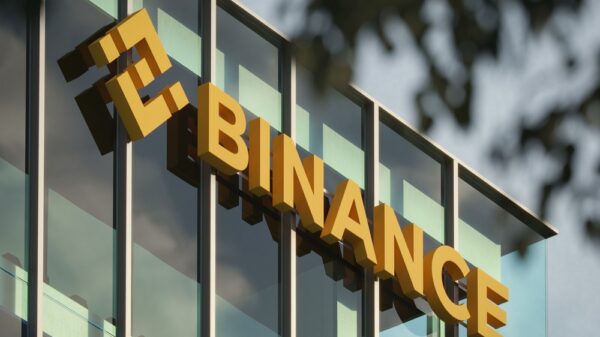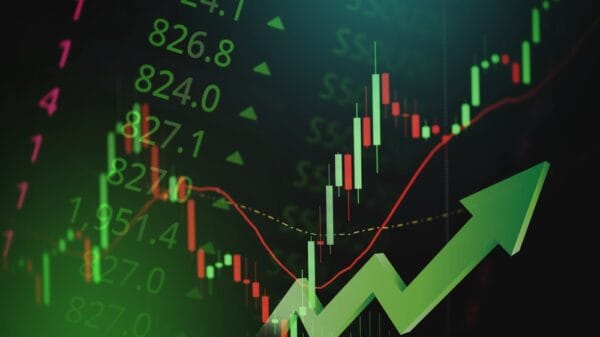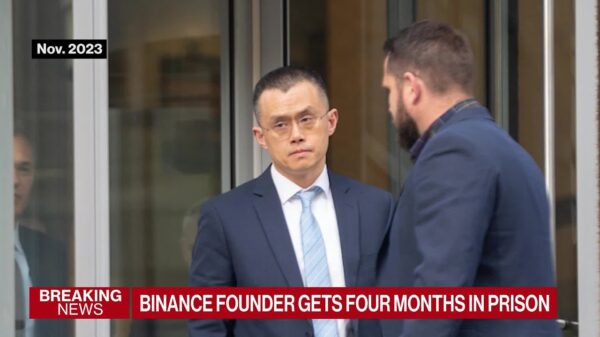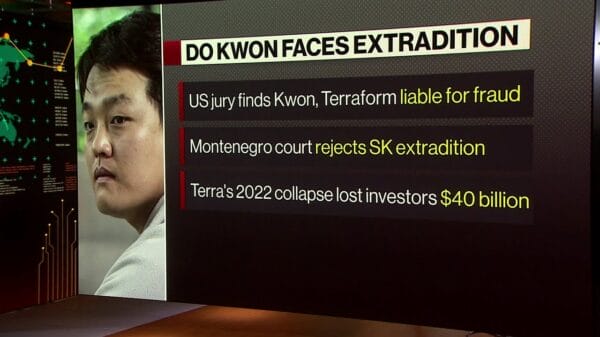The collapse of the Terra ecosystem resulted in the dramatic depegging of its algorithmic stablecoin TerraUSD (UST) and sent its value plunging to a historic low of $0.30, raising concerns about the future not only of algorithmic stablecoins but stablecoins in general.
UST’s stability was closely tied to LUNA, which created arbitrage opportunities aimed at maintaining UST’s price stability. The mechanism worked by allowing UST to be exchanged for LUNA when its price dropped below $1, reducing UST supply and boosting its price. Conversely, when UST’s price exceeded $1, LUNA could be exchanged for UST, increasing UST supply and lowering its price. This setup theoretically maintained UST’s price at $1 under normal conditions.
Despite algorithmic stablecoins typically lacking asset backing like traditional stablecoins, the Luna Foundation Guard (LFG), responsible for developing UST and the Terra ecosystem, accumulated a reserve of Bitcoin (BTC) as a precaution to manage UST depegging. In the event of a significant UST price drop, the BTC could be loaned to traders to buy UST and restore its peg to the US dollar.
Following UST’s steep decline, LFG deployed over $1.3 billion worth of BTC to traders to purchase UST and support its price, but this intervention failed to save the ecosystem, leading to a ripple effect that crashed both the LUNA token and the stablecoin.
The aftermath of the collapse spread to centralized stablecoins like Tether’s USDT, which also lost its dollar peg, dropping to $0.95. As stablecoins play a vital role in decentralized finance ecosystems, the Terra crash triggered volatility in the DeFi market.
Concerns regarding algorithmic stablecoins were raised by Justin Rice, vice president of ecosystem at the Stellar Development Foundation, who highlighted the challenges in maintaining stablecoin pegs during market turbulence, emphasizing the need for external interventions to stabilize them.
Denelle Dixon, CEO and executive director at the Stellar Development Foundation, expressed hope that the stablecoin debacle would prompt discussions on stablecoin regulations among policymakers, advocating for transparency from stablecoin issuers and third-party audits.
Global Implications of Stablecoin Regulations
The UST collapse served as a wake-up call for regulators worldwide, including the US, South Korea, and many European countries, to scrutinize the vulnerabilities of stablecoins following the Terra incident.
Treasury Secretary Janet Yellen announced plans for legislation by the end of the year to establish a comprehensive federal framework for stablecoins, reflecting the growing market and the need for regulatory clarity.
Max Kordek, co-founder of Lisk, predicted that the diminishing trust in algorithmic stablecoins post-UST collapse might fuel the push for central bank digital currencies (CBDCs) by policymakers, emphasizing the necessity for trustworthy decentralized stablecoins.
The US government is likely to intensify its oversight of stablecoins, considering potential regulations that could involve federally regulated banks issuing stablecoins or regulating them as securities under the Securities and Exchange Commission’s supervision.
Industry leaders like David Puth from the Centre Consortium stress the importance of constructive regulations to safeguard stablecoins’ role in the growing crypto ecosystem, advocating for innovation-friendly rules to position the US at the forefront of the blockchain economy.
South Korea has also sharpened its focus on stablecoins post-Terra collapse, summoning Terra’s founder for a legislative hearing and initiating risk assessments on crypto projects within the country.
Key Lessons Learned
The UST debacle underscores the importance of transparency from stablecoin issuers and highlights the necessity of a regulated market to protect investors from losses. While the crypto market absorbed the $40-billion hit from Terra’s collapse without major systemic repercussions, the incident triggered regulatory scrutiny worldwide.
Regulators are closely monitoring how stablecoin risks could impact traditional and centralized finance through contagion and indirect exposure, emphasizing the need for preventative measures to mitigate potential destabilizing effects.
The event signals a potential turning point in global stablecoin regulations, prompting regulators to accelerate efforts resembling the scrutiny faced by Libra’s global stablecoin plans, ultimately fostering a more regulated and secure stablecoin ecosystem worldwide.
Image Source: sdx15 / Shutterstock













































